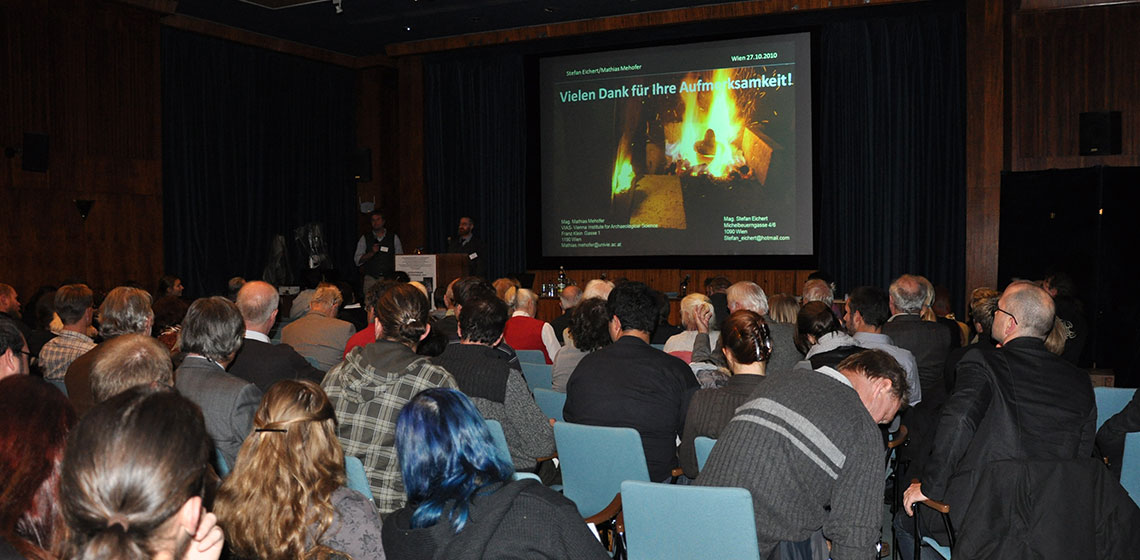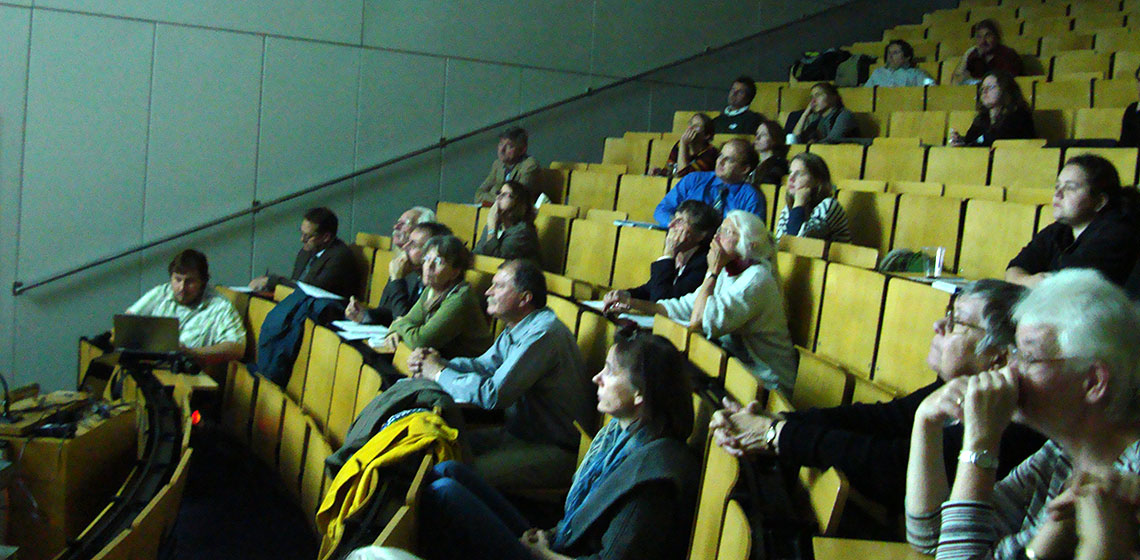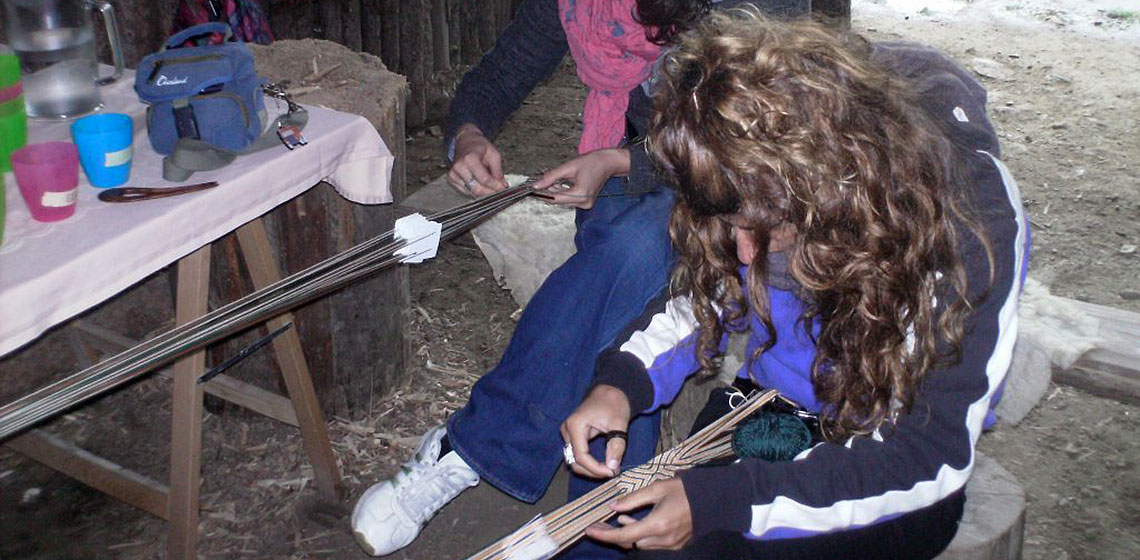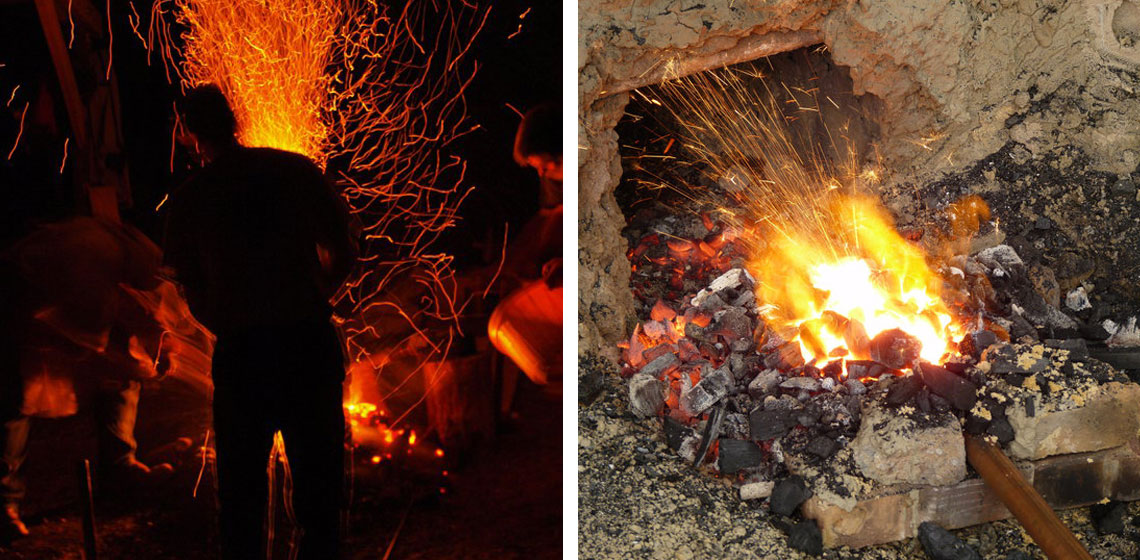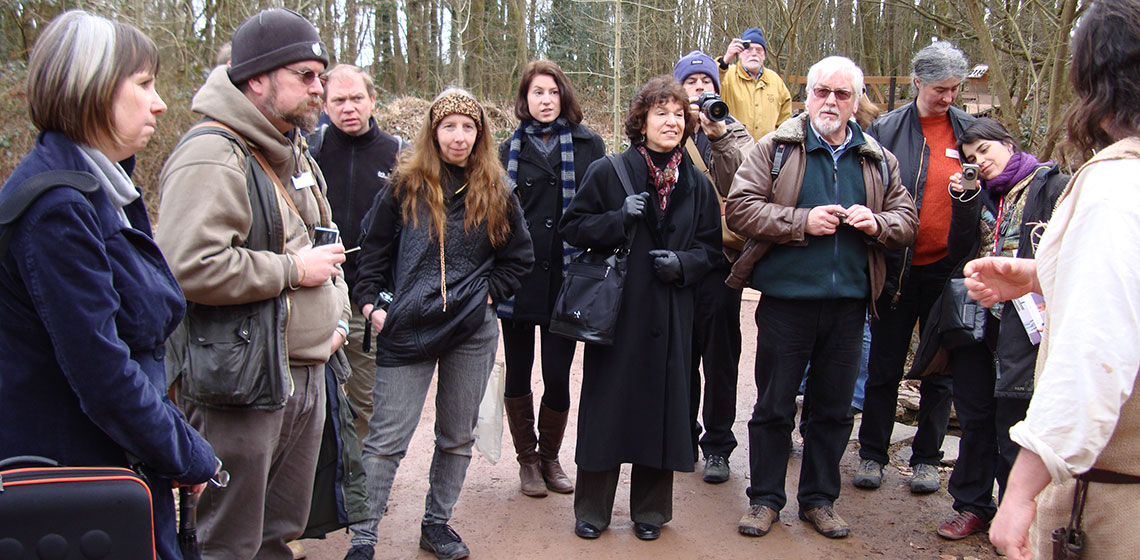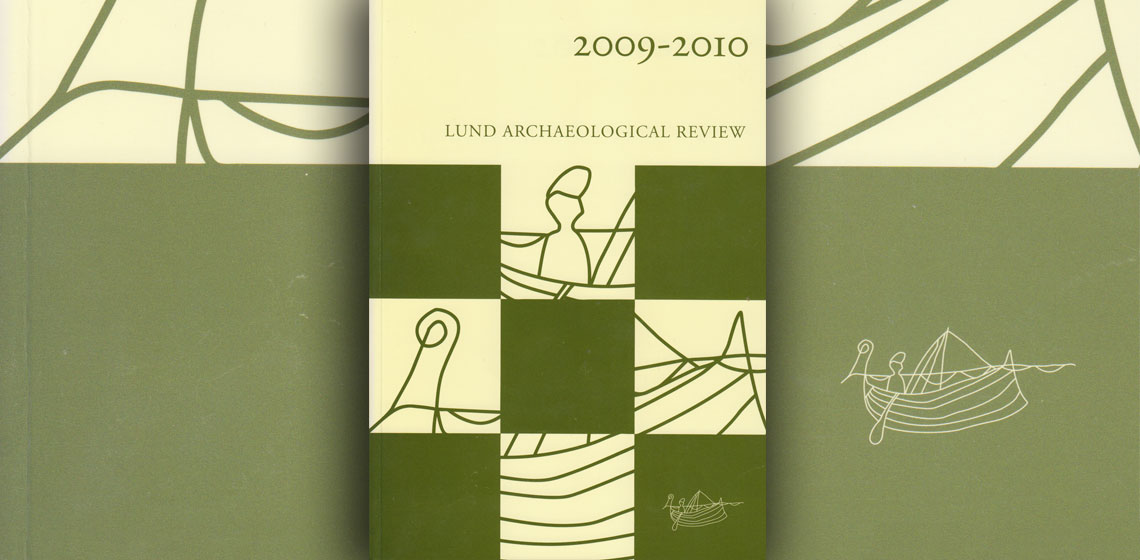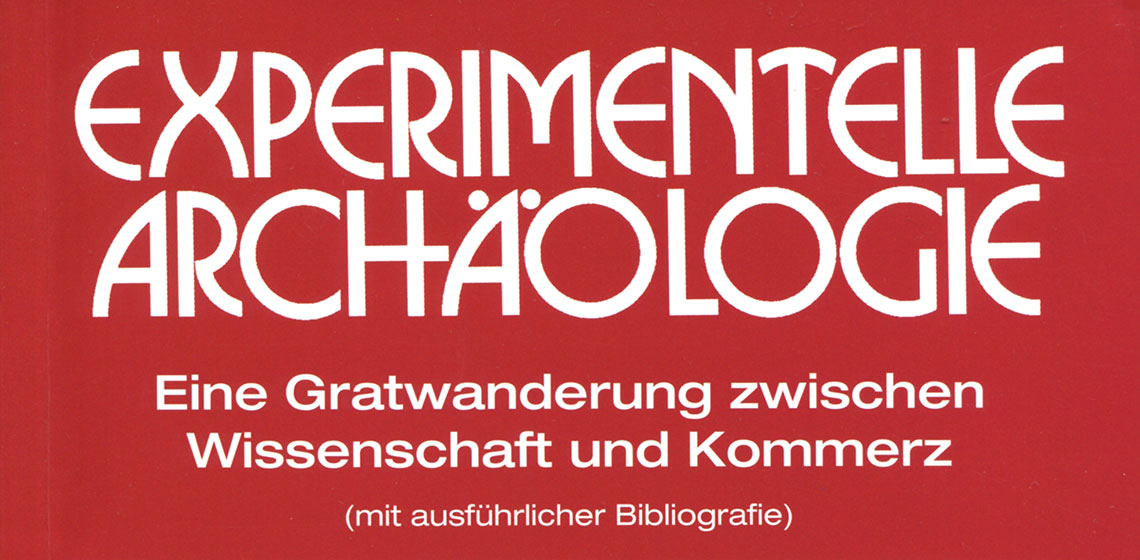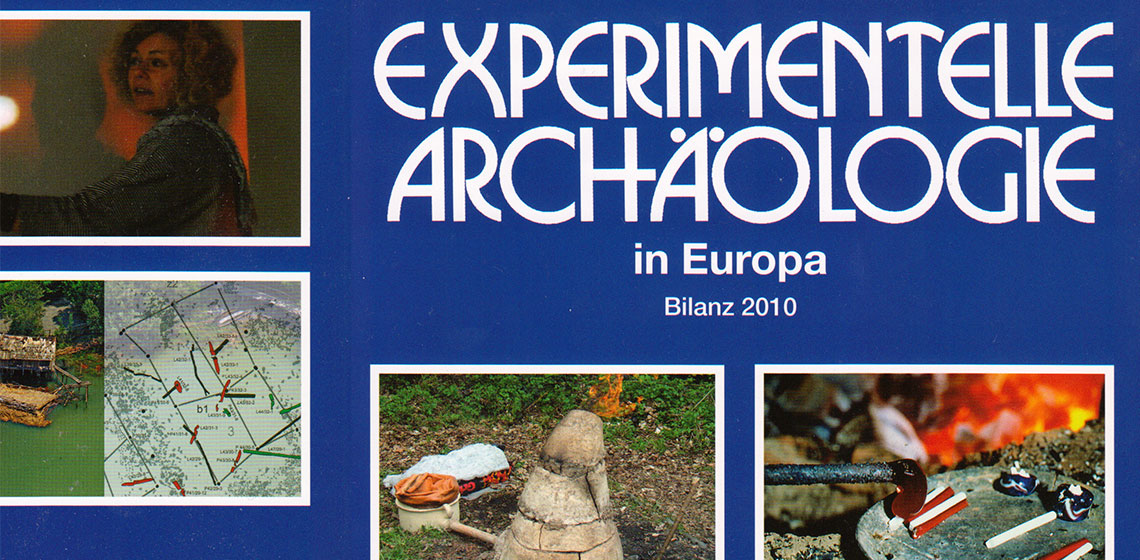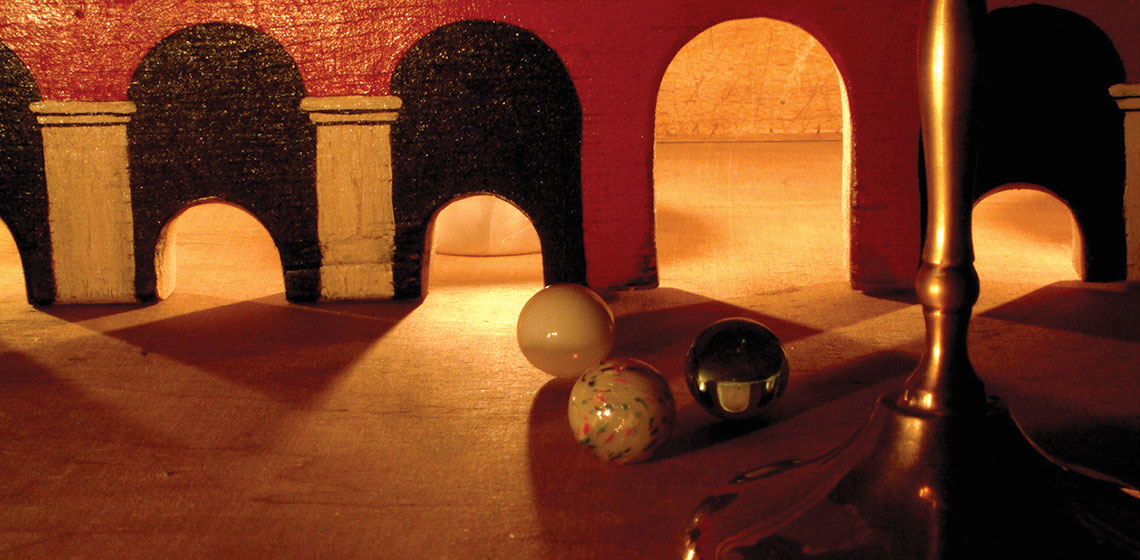Early Middle Ages
Conference Review: International Öguf-Symposium 2010
Prehistory and Early History (ÖGUF) took place 27-30 October at The Museum for Natural History in Vienna under the patronage of State Captain and Mayor of Vienna Dr. Michael Häupl – and the general director of the Museum for Natural History Vienna, Univ.-Prof. Dr. Christian Köberl. Theme was experimental archaeology: theory, practice, science, education...
Conference Review: EXAR in Berlin, October 8-10, 2010
This year’s EXARC Conference took place at the Freie Universität in Berlin and was themed Experimental Archaeology and University...
Conference Review: European Textile Forum 2010
The Textilforum was founded to bring practitioners of all textile crafts together, to compare notes and to learn from each other. Following the success of the first Textilforum, held in Eindhoven in September 2009, this year’s was held in Schnalstal, in South Tyrol, the German-speaking part of Northern Italy from 6-12 September...
Conference Review: Accidental and Experimental Archaeometallurgy
The Historical Metallurgy Society’s Annual Conference, 2-3 September 2010
The Historical Metallurgy Society was established in the early 1970s and is dedicated to providing a forum for the exchange of knowledge and the dissemination of research on the metallurgical practices of the past...
Conference Review: EXARC General Meeting 2010
The EXARC General Meeting was held in Cardiff, Wales, UK from the 5-7 of March 2010. Participants visited St. Fagans, an open-air museum, on Saturday the 6th. This review focuses on the papers and the discussion that took place on Sunday the 7th, entitled Open Air and Experimental Archaeology in the UK: recent work and ongoing projects...
Book Review: The Archaeology of Time Travel by Anders Ödman (ed)
At the European Association of Archaeologists' meeting in Malta, September 2008, a session was held on the topic of Archaeology as Time Travel, dedicated to exploring the popular phenomenon of time travel to past times, including a variety of aspects related to materiality/virtuality, the market of time travel experiences, design issues and how time travel should be evaluated as an experience...
Book Review: Experimentelle Archäologie. Eine Gratwanderung zwischen Wissenschaft und Kommerz by Dirk Vorlauf
***The name Dirk Vorlauf is closely connected to the history of experimental archaeology in Germany. From the late1980s, the Vorlauf has conducted several experiments testing archaeological hypotheses, and he is critically involved in methodology and theory...
Book Review: Experimentelle Archäologie in Europa, Bilanz 2010
***Twenty years of Bilanz of experimental archaeology – under this phrase the ninth volume in this series covers a series of articles which deal in different ways with questions in this range...
Book Review: Sailing into the Past: Learning from Replica Ships by Jenny Bennett (ed)
There must be hundreds of wooden ship replicas across the world, not only the ‘Viking ships’ in Scandinavia, but – as the book Sailing into the past shows, there are many medieval and more recent ones...
Presenting Medieval Gambling and Pub Life
There are many legendary games in the Middle Ages with professed losses of clothes, horses and, what is more, whole estates, and even halves of kingdoms. But was money really the most important part of gambling?...

